All through the 1990s and early 2000s I visited Rogerstone (just outside Newport) for work, almost weekly. Sadly, the factory I used to work in was closed by the mid to late 2000s and I haven't had much reason to return to the area. However Saturday arrived and the offer of long-staying grey phalarope was too much to pass up - a great opportunity to visit the area and hopefully connect with a species I haven't see for a few years. Kevin Heath and I set off reasonably early, stopping on the way for a spot of breakfast before crossing on one of the Severn bridges. Although cold and with mist and a dampness on the grass, it appeared set to be a nice day.
We parked on Goldcliff Road and followed the footpath into the reserve. The Goldcliff Lagoons were created in the late 1990s and form the eastern end of the Newport Wetlands National Nature Reserve. The lagoons are surrounded by a mosaic of different habitats, including wet grassland, hedgerows, scrub, reedbeds, water-filled ditches and reens, and the mud flats of the Severn Estuary. There are a series of hides and viewing platforms overlooking three lagoons. We strolled onto the reserve, stopping at each of the hides in turn - the first pools were dry and obviously wouldn't be holding the phalarope.
We reached a platform and screen just before the turn to the sea wall, and found eight or so birders in place - they were mostly chatting but as we arrived the phalarope showed immediately and everyone started to take a bit more notice. Grey phalaropes are unusual in that although they are a wading bird most of the year, they will live out in the open ocean during the winter months and unlike other phalarope species, their entire migration route is over the sea. They are busy little birds and for most of the year, forage in shallow waters. They typically swim in small circles to create a bit of a whirlpool that sucks up insects and small crustaceans to where they can by pecked from the water's surface. This bird was no exception and worked tirelessly - gradually it fed closer and closer to our shore.
Although we were enjoying the bird a number of birders could be seen standing on the sea wall - eventually we went to see what they might be looking at: they were scoping the shore and had been there to watch for high tide. We picked out a grey plover but were informed that there had originally been 46 - beyond the immediate shore there were curlew, shelduck, assorted gulls, oystercatchers, and redshank. Behind where we were standing there were also numbers of skylarks, linnet, meadow pipits and a single wheatear. I made my way along the walk to see if I could get a photo of the wheatear and eventually was joined by Kev and one of the other birders. From the grass the wheatear flew round us and onto the rocks below, nicely set in the early sun.
We made our way onto another platform and screen where a couple were looking out onto a muddy area in front of a reed bed - there had been mention of a little stint but none was present, or at least hadn't been seen by the couple. We recorded a few of the usual species but then heard a water rail calling almost directly ahead - it only took a couple of minutes and I managed to pick it out, through the tops of the grass and down against the far reeds. Unfortunately, the view was such that I couldn't get a photo – regardless it was fun tracking as one became two, and they foraged left and out of view. Kev checked his phone and noted that a yellow-browed warbler had been recorded at the main reserve next door and so we decided to decamp and head there. On the way past the reens I couldn't help but stop and photograph a pair of mute swans still with their brood containing seven cygnets - they were feeding noisily. The other birders had presumably seen the same update as they had also departed.
Having reached the car it was only a couple of minutes before we were at the main RSPB reserve and walking along the paths - some volunteers pointed out where the warbler had been reported and we made our way there, listening for any interesting calls or songs. We reached the rough location and worked through the chiffchaff, tits and goldcrests, but with no success - we must have spent a good hour but with no positive sighting.
We decided it was time for lunch and stopped at the large Visitor's Centre, having coffee, a roll and some cake. We chatted with a couple of chaps on the next table, and I found that one was Scottish and from a village (Dalry) just 15 minutes from where my mum stays in Ayrshire. After lunch we made our way through the reed beds to the lighthouse in the hope of finding bearded tits - despite our search we could only hear calls but couldn’t locate the birds. Eventually we stopped at a screen to watch some entertaining kingfishers. At times they would fly over our heads but always stopped out of view, or very distant.
We began to see lots of stonechats and a few reed buntings and then as if by magic, a single female or juvenile bearded tit called and climbed up the reeds right next to us - it spotted us and immediately took to the wing and away. We heard it call and eventually saw two birds depart away and right.
Time was getting on and we made our way back to the car – as we packed our kit away and were getting in, a jay landed in the tree on the opposite side of the road. It was carrying an acorn and spent a minute of two seemingly grappling to make its purchase on the acorn more secure. At one point it fluffed up its feathers making it look quite strange - I rattled off a few photos.
We crossed back over the Severn bridge and up the M5, and for the second week in a row we found traffic queuing due to an accident ahead - almost within a couple of miles of the previous week. On this occasion a driver had left the road and ended up in the trees. Emergency services passed down the hard shoulder lane - we passed just a short while later and there were no further hold ups. Another two birds for my year list - grey phalarope and grey plover.
Year List: 220
BirdTrack Records: https://app.bto.org/birdtrack/pubcon/shared?subId=SUB46064340
https://app.bto.org/birdtrack/pubcon/shared?subId=SUB46065382

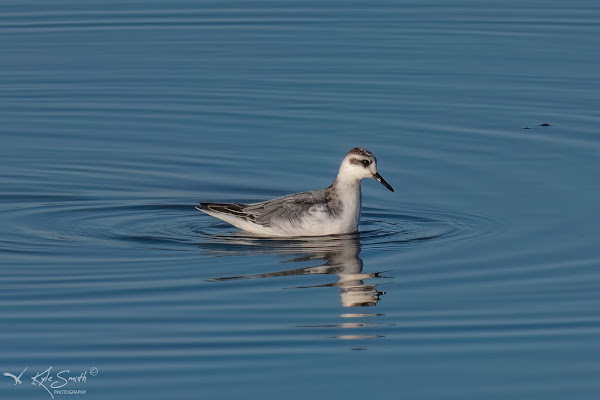
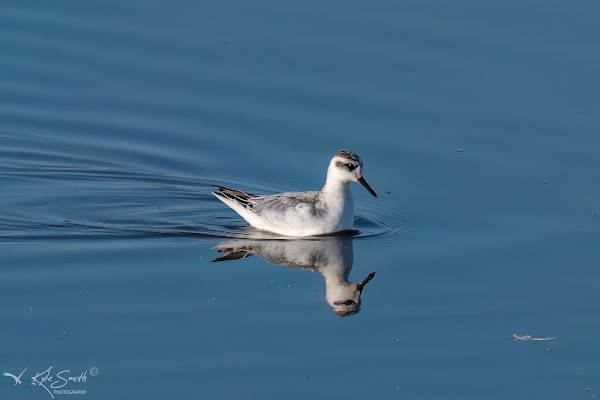
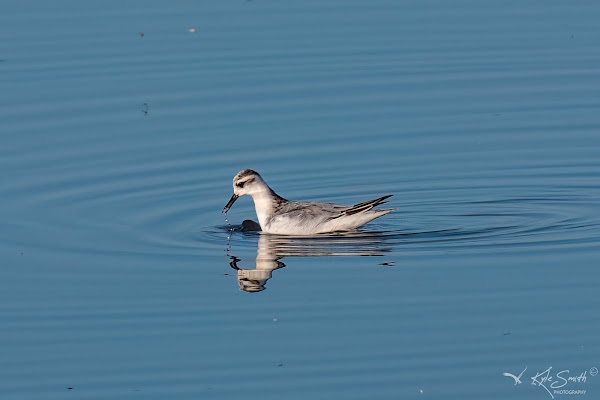
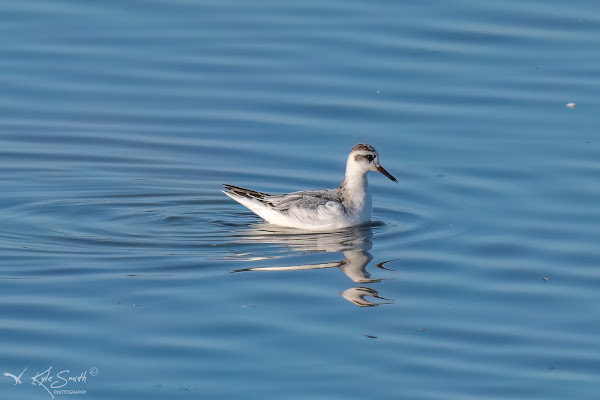
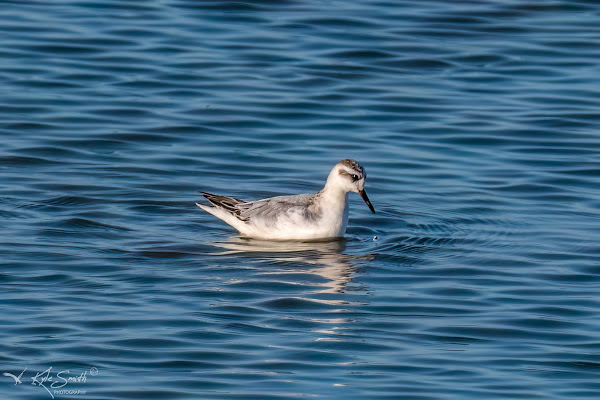


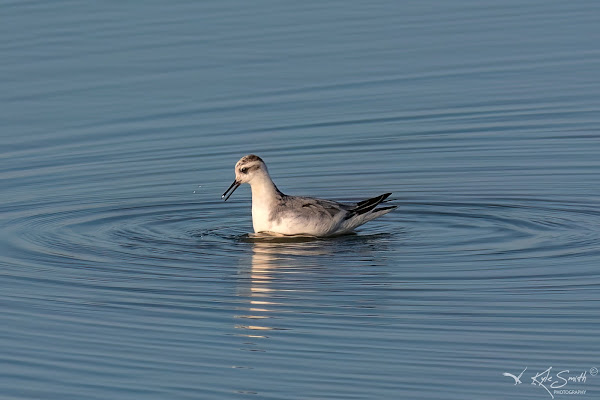
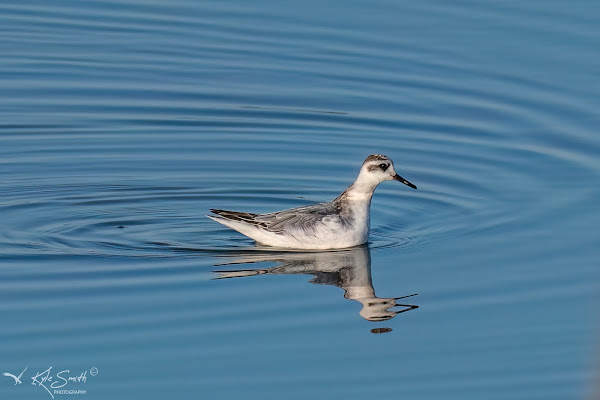
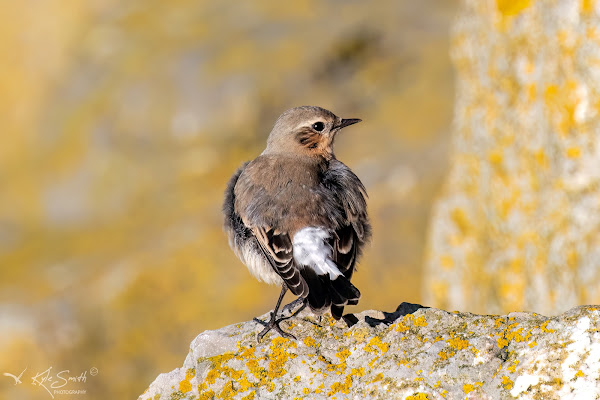


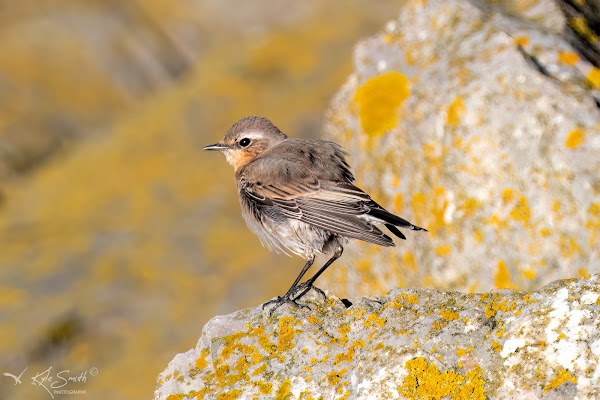
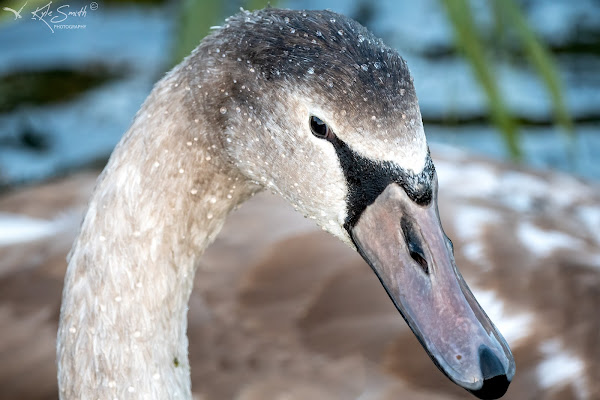

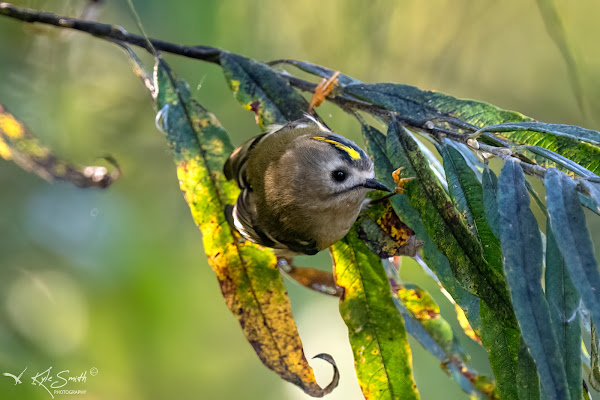
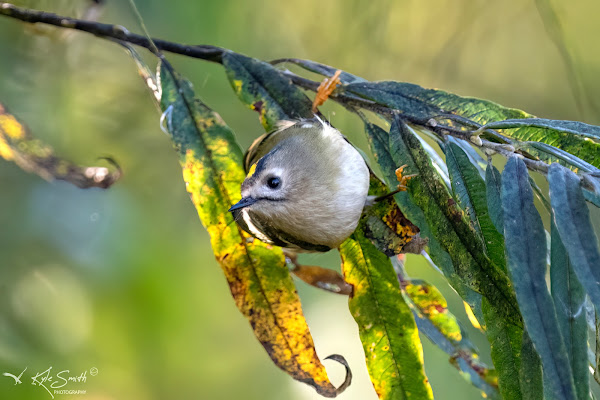

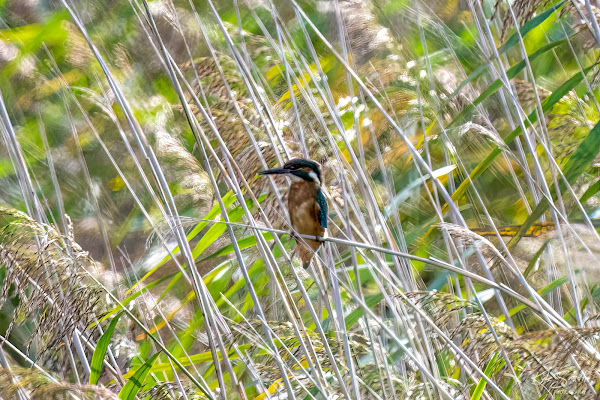


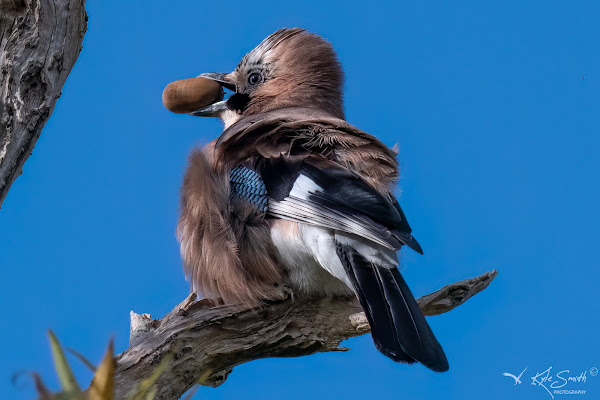
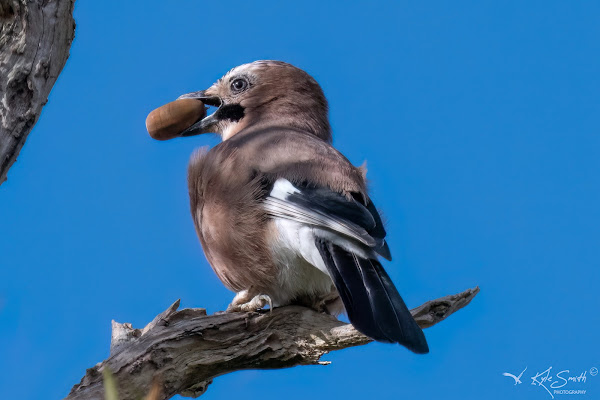
No comments:
Post a Comment